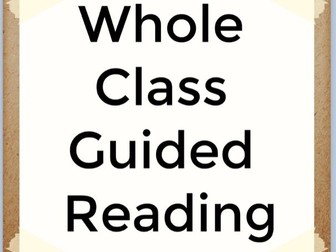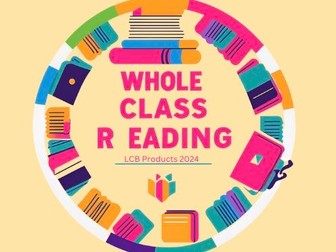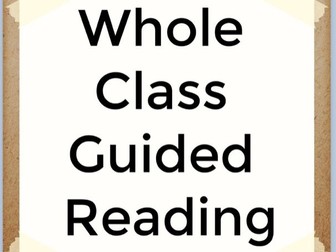The Snowman by Raymond Briggs Y3 English
<p>This is a two week unit, aimed at Year 3 (British NC Curriculum) based around the book of The Snowman by Raymond Briggs. It’s an ideal unit to do at the end of Autumn term and inspires some fantastic independent writing.</p>
<p>There are 8 presentations- each equipped with appealing graphics and visual organisers to prompt this children learn the skills to become great story writers.</p>
<p>Each lesson has a GPS (grammar) starter that builds up children’s knowledge of paragraphs and expanded noun phrases.</p>
<p>There is built in reflection time for children to up-level and improve their writing and develop the skill of self-editing.</p>
<p>The three parts to the development of this unit start with children learning a version of The Snowman story off by heart. The next step is them adapting the story by creating their own characters. The final step is their independent writing based around a success criteria (included).</p>
<p>All resources that you need are included- writing frames, writing prompts, EAL/SEN resources. There is nothing else that you need to create.</p>
<p>A great resource for the Christmas build up…it has been tried and tested several times and guaranteed to bring excitement, but importantly, a high quality piece of writing that can be celebrated.</p>






